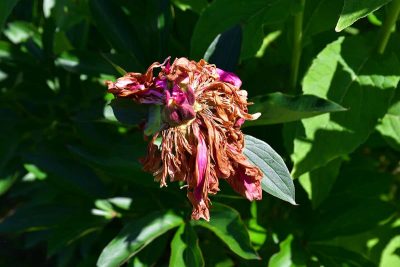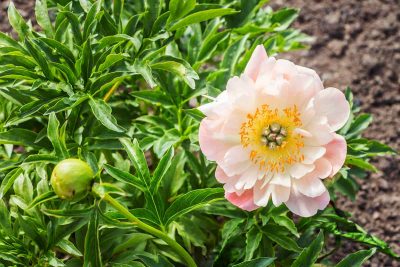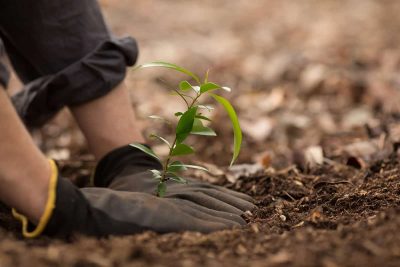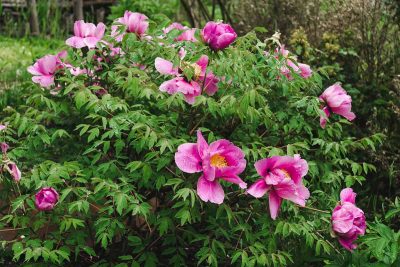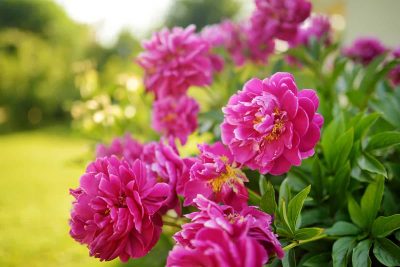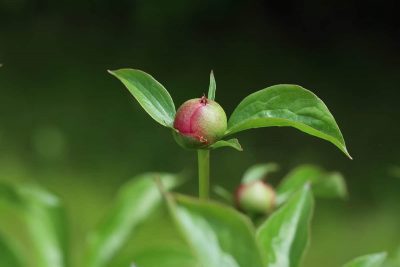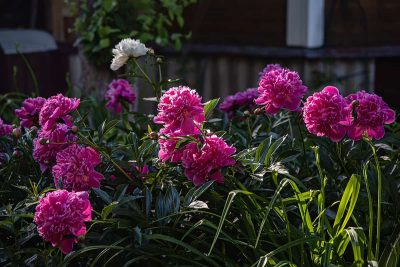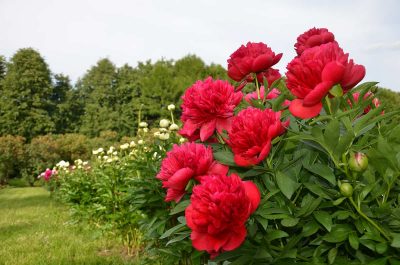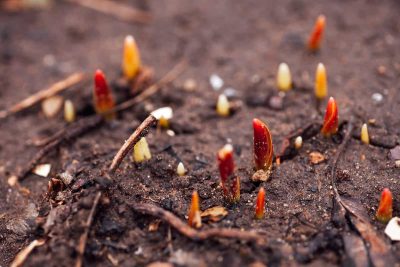Knowing how to care for peonies after they bloom can keep your plants healthy and ready for the next season. Learn the best practices for post-bloom care, ensuring your peonies remain robust and beautiful year after year.
Peonies are very popular in floral arrangements due to their romantic appearance. They are an especially popular choice for weddings, bouquets, and other special occasions due to their elegance and beauty.
Most types of peony flowers do not change color, but there are a small number of cultivars that have the ability to change color while blooming, such as the Peony ‘Coral Sunset’.
If you are interested in sourcing some peonies then you’ll probably want to know what the typical cost of peonies is, and which types of peonies will get you more for your money. A single stem peony can range from between $8 and $24 depending on a variety of factors.
Peonies are exquisitely beautiful flowers which unfortunately never seem to bloom for long enough. If you want to enjoy peony flowers all year round, then you can do this by drying them and displaying them inside the home. Here we look at how to dry peonies, how to care for dried peonies, and how to display these dried flowers.
You should also take care not to plant the seed any deeper than an inch, because mature peony root systems need to remain in the top layers of the soil. This is essential to the production of their flowers. Planting the seed at a shallow depth of no more than 1 inch will set the plant up for success in the top layers of the soil.
Caring for the peony plant once the blooms have faded is of equal importance because this will ensure your plant is able to survive through winter and store up the nutrients it needs to perform well the following spring. Here we look at how to care for peonies in the months after they have bloomed.
The history of the peony can be traced back to 1000BC, where the plant was reportedly growing in China. The peony also has its roots firmly placed in regions of North America and Europe.
Peonies are herbaceous perennials, which means that they die back each fall and reappear each spring. They repeat this process each year, so that every year the plant will go through the same processes of growth, blooming, and rest. Each growth stage is essential to the plant so that it is able to continue repeating the cycle and producing flowers and foliage year on year. Here we take a closer look at the growth stages of peonies.
Most peonies should be grown in full sun or partial shade, and the exact type of lighting which will be best for your peonies depends on what climate zone you are growing them in. Peonies do not like to be grown in full shade, so always avoid positioning peonies in heavy shade in any climate.
Most herbaceous peonies have a spread of between 2 and 3 feet. This means that they should be planted 2 to 3 feet apart in the soil, since this will allow them adequate space to grow, while also creating a border that looks full and lush.
If you have mature peonies growing in your garden, then they may be producing seeds that you can use to grow new peony plants. Growing peonies from seed can be a long process that requires patience, however, when you finally have a blooming peony plant that you nurtured from seed, it is incredibly rewarding.
